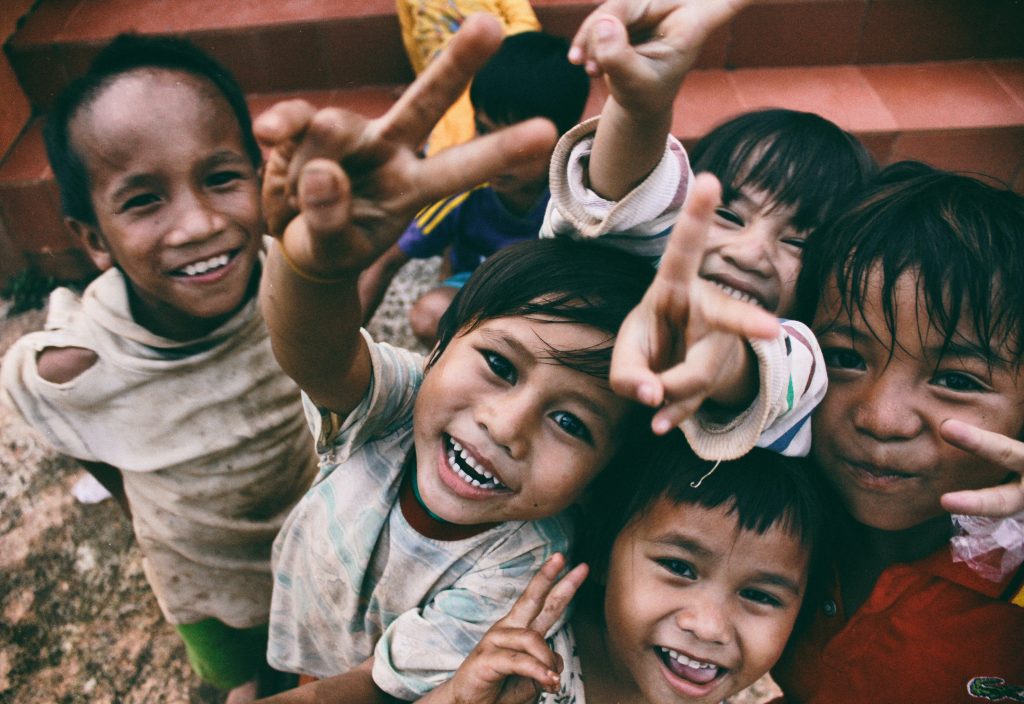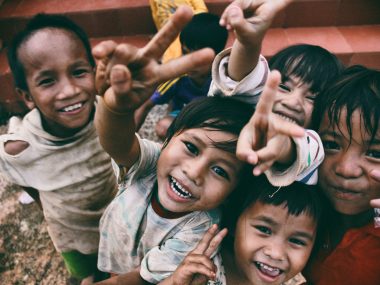
Stunting is a heartbreaking health issue that affects millions of children globally. In 2020, among children under five years of age, an estimated 149 million (22 percent) were stunted.
What is Stunting? The World Health Organization (WHO) categorizes children who are stunted as those whose height is lower than average for their age, and at least two standard deviations below WHO’s Child Growth Standards Median.
This ‘under the radar’ medical condition often starts from conception, where maternal and pregnancy health is lacking, or non-existent.
Sadly, the effects of stunting are severe:
stunted children are more likely to suffer from chronic diseases such as diabetes and heart disease;
they may experience cognitive delays that can adversely affect their education;
they may also be vulnerable to poverty and hunger throughout their lives.
The Root Causes of Childhood Stunting
The stark and sad reality is that many families living in developing countries in Asia do not have the resources to provide their children with the nutrition they need to grow and thrive. This lack of access to food continues to be a major factor in childhood stunting.
It is made worse by poverty and inadequate sanitation and hygiene practices, which can lead to contamination of food or water that contributes further to malnutrition.
What can we, as a community, do to help?
Fortunately, there are numerous measures that can be taken to reduce childhood stunting.
One solution would be improving access to healthcare services so that families living in poverty are able to get the necessary medical attention and advice on how best they can care for their child’s health needs.
Additionally, non-profit organizations and charities should also be supported through donations or volunteer work so that they can continue working towards reducing childhood stunting for now and in the future.
At Give.Asia, we are working towards the goal of providing adequate food and nutrition to vulnerable children and communities via our Zero Hunger movement.
We believe that through small, regular giving, collectively, everyone can get involved in providing meals to people who need them.
Stay tuned to our next blog where we will delve further into our Zero Hunger movement, and how you can get involved.
Sources:
Levels and trends in childhood nutrition
The state of nutrition and food security in the world 2022
WHO child growth standards
Prevalence of stunting




